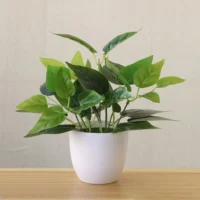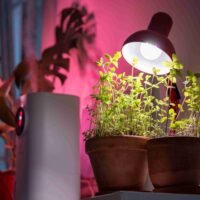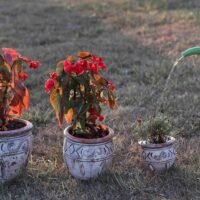Introduction
Welcome to the bright side of indoor gardening! In this blog post, we’ll shed light on the essential role that proper lighting plays in cultivating a successful indoor garden. Whether you’re a seasoned horticulturist or just starting your green journey, understanding the ins and outs of lighting is key to unlocking the full potential of your plants.
The Importance of Proper Lighting
Why Does Light Matter?
Light is the powerhouse for plant growth, driving the process of photosynthesis. In an indoor setting, where natural sunlight may be limited, choosing the right artificial lighting becomes crucial.
Key Factors to Consider
- Light Spectrum: Understanding the different colors of light and their impact on plant growth.
- Intensity: Matching the light intensity to the specific needs of your plants.
- Duration (Photoperiod): Mimicking natural day and night cycles for optimal growth.
Types of Indoor Garden Lighting
LED Grow Lights
- Energy Efficiency: Why LED lights are a popular and energy-efficient choice.
- Full Spectrum Options: Providing a wide range of light colors for various growth stages.
Fluorescent Lights
- Affordability and Versatility: Ideal for small spaces and seed starting.
- Cool and Warm Options: Tailoring the light spectrum for specific plant needs.
High-Pressure Sodium (HPS) Lights
- Intense Light Output: Perfect for flowering and fruiting plants.
- Considerations for Heat: Managing the heat produced by HPS lights.
Creating the Ideal Lighting Environment
Light Placement
- Uniform Distribution: Ensuring all plants receive adequate light.
- Adjustable Heights: Adapting light distance as plants grow.
Light Timing
- Setting Photoperiods: Aligning light schedules with natural day and night cycles.
- Automated Timers: Simplifying the process of managing light duration.
Tips for Maximizing Lighting Efficiency
Light Rotation
- Rotating Plants: Preventing uneven growth by rotating plants regularly.
- Vertical Gardening: Utilizing vertical space for increased light exposure.
Supplemental Lighting
- Natural Light Integration: Harnessing natural sunlight when available.
- Spotlighting: Using additional lights for targeted plant areas.
Success Stories: Thriving Gardens Under the Right Light
Explore real-life examples of indoor gardens that flourished under carefully planned lighting setups. Learn from the experiences of passionate gardeners who mastered the art of illuminating success.
Conclusion
As you embark on your indoor gardening journey, remember that lighting is the cornerstone of a thriving garden. Armed with the knowledge of different lighting options and how to tailor them to your plants’ needs, you’re on your way to cultivating a vibrant and healthy indoor oasis. Happy growing!








